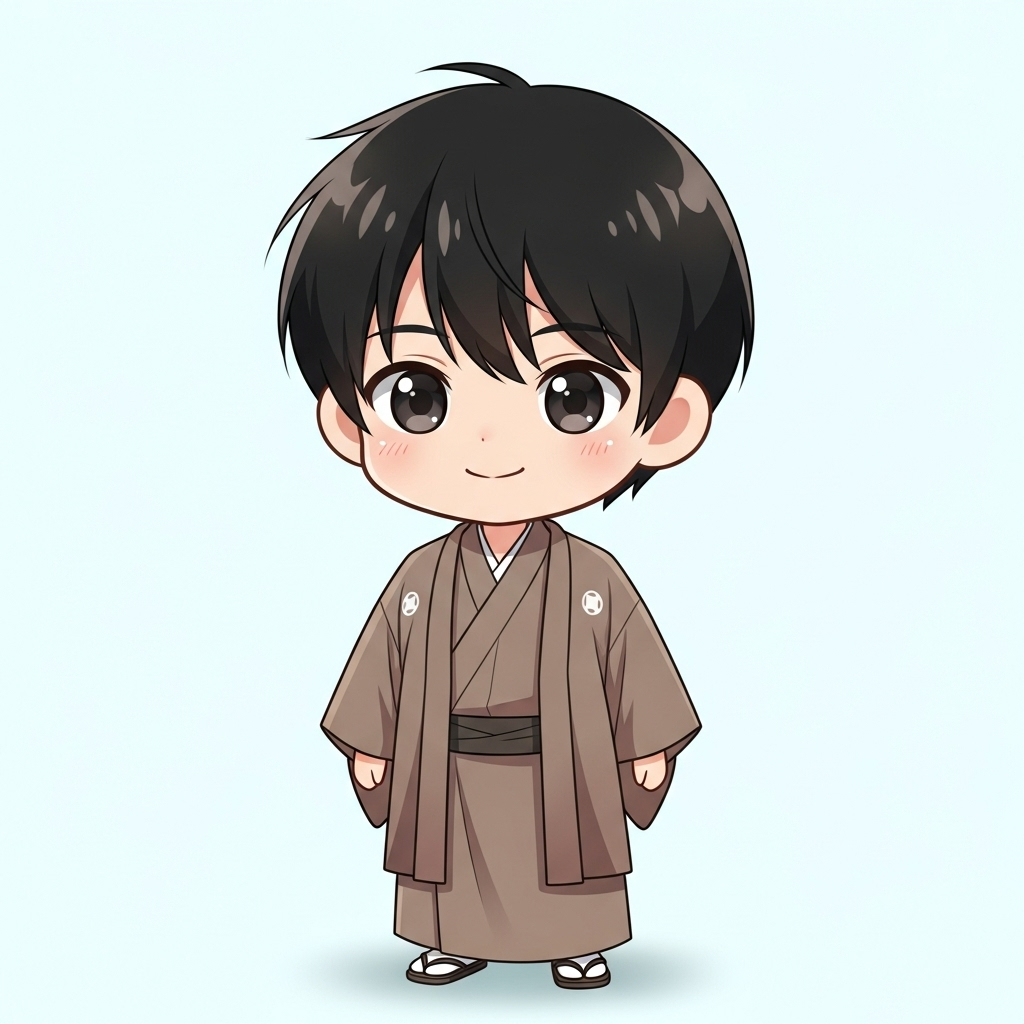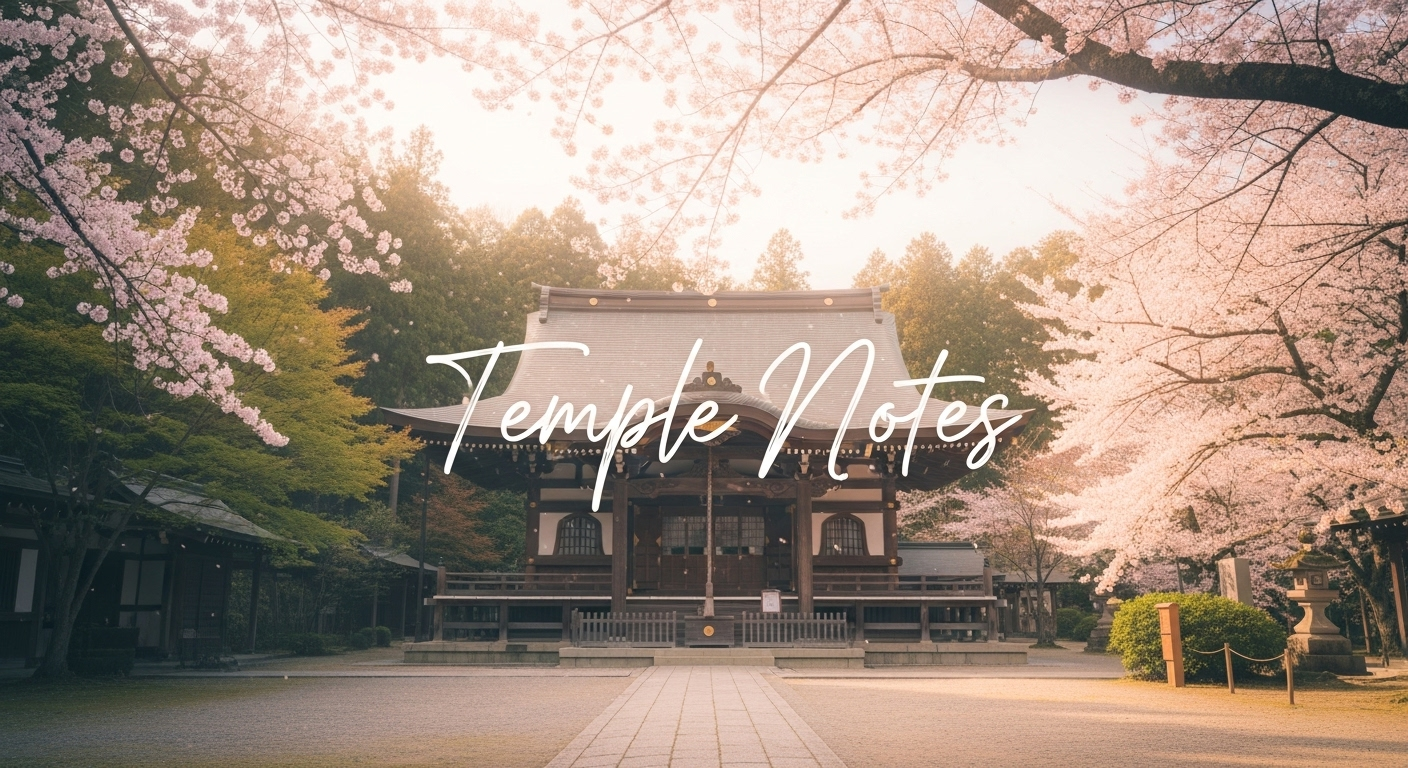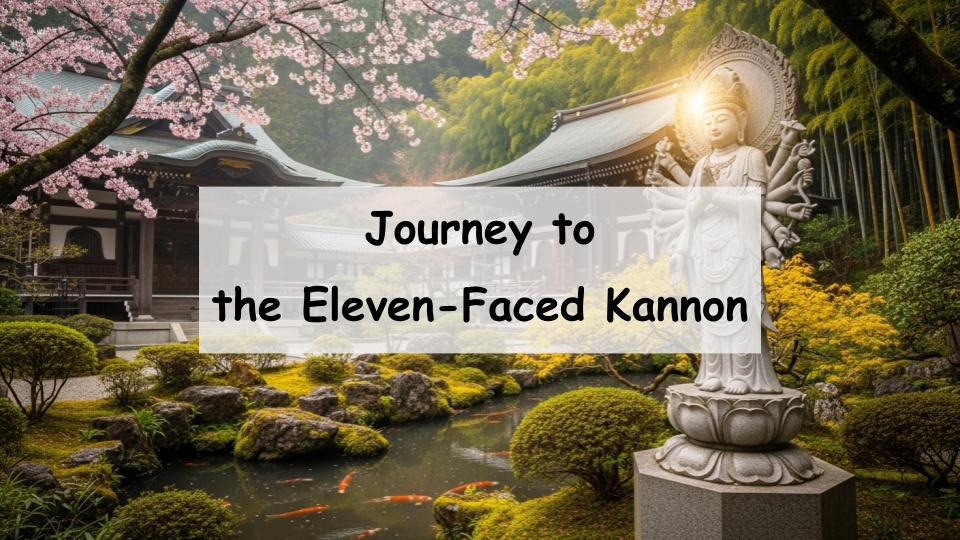The Eleven-Faced Kannon Bodhisattva has long been an object of devotion, drawing people with its compassionate presence. Many may wonder, “Where can I visit and pray to the Eleven-Faced Kannon?” or “What kinds of blessings and highlights are associated with it?” The answer is that this Bodhisattva is enshrined in many famous temples across Japan, where visitors can experience both its spiritual benefits and its cultural history. In this article, we introduce five representative temples that enshrine the Eleven-Faced Kannon Bodhisattva, along with their blessings and highlights. Whether you are searching for a place to pray or wish to deepen your understanding of Buddhist culture, this guide will be valuable.
- What is the Eleven-Faced Kannon Bodhisattva? Its Features and History of Faith
- 5 Famous Temples Enshrining the Eleven-Faced Kannon Bodhisattva
- Shorinji Temple, Nara|A Sacred Site Housing a National Treasure
- Muroji Temple, Nara|The “Women’s Koyasan” Amid Nature
- Domyoji Temple, Osaka|Linked to Sugawara no Michizane
- Doganji Kannon Hall (Kogenji), Shiga|Praised as “Japan’s Most Beautiful Kannon”
- Rokuharamitsuji Temple, Kyoto|Echoes of the Heian Period
- Blessings and Points for Worship
- Enjoying a Visit to the Eleven-Faced Kannon
- Conclusion|Visit Temples to Receive the Blessings of the Eleven-Faced Kannon
- A Message from the Guide
What is the Eleven-Faced Kannon Bodhisattva? Its Features and History of Faith
Origins and Role of the Eleven-Faced Kannon Bodhisattva
The Eleven-Faced Kannon Bodhisattva, a form of Avalokiteśvara, is distinguished by multiple faces, each expressing different emotions such as compassion, anger, and serenity. These symbolize its ability to respond to the diverse sufferings of all beings. Originating in India, spreading through China, and arriving in Japan, it became widely venerated from the Heian period onward as a protector and savior.
Blessings of the Eleven-Faced Kannon Bodhisattva
The blessings of the Eleven-Faced Kannon are said to center on “removing suffering.” Worshippers believe it brings healing from illness, protection from misfortune, and relief from worldly troubles. Depending on the temple and local traditions, additional blessings such as safe childbirth, fertility, longevity, and good relationships are also associated with this Bodhisattva.
The Spread of Faith in Japan
Throughout Japan, temples enshrine statues of the Eleven-Faced Kannon, often treated as hibutsu (hidden Buddhas) shown only during special occasions. These sacred images are closely tied to regional customs, pilgrimage routes, and local legends. Many are also designated cultural treasures, highlighting their artistic and spiritual value.
5 Famous Temples Enshrining the Eleven-Faced Kannon Bodhisattva
Shorinji Temple, Nara|A Sacred Site Housing a National Treasure
Shorinji Temple in Nara offers a tranquil atmosphere with a renowned Eleven-Faced Kannon statue designated as a National Treasure. Its serene expression and refined form attract countless visitors. As the statue is occasionally treated as a hidden Buddha, it is best to check the schedule for viewing opportunities before visiting.
Muroji Temple, Nara|The “Women’s Koyasan” Amid Nature
Known as the “Women’s Koyasan,” Muroji Temple welcomes worshippers in a serene mountain setting. The Eleven-Faced Kannon here is deeply connected with women’s faith. Seasonal beauty, such as cherry blossoms in spring and vibrant foliage in autumn, enhances the experience of worship and meditation.
Domyoji Temple, Osaka|Linked to Sugawara no Michizane
Domyoji Temple in Osaka is closely tied to Sugawara no Michizane, a historical figure venerated as the god of learning. The temple’s Eleven-Faced Kannon has been beloved by locals for centuries. While smaller in scale compared to major tourist sites, it preserves an intimate atmosphere of community-centered faith.
Doganji Kannon Hall (Kogenji), Shiga|Praised as “Japan’s Most Beautiful Kannon”
Located in Shiga, Doganji Kannon Hall houses a statue often referred to as “Japan’s most beautiful Kannon.” Its delicate craftsmanship and graceful presence leave a lasting impression. Surrounded by rural landscapes and waterside scenery, the temple offers a quiet, reflective setting for worship.
Rokuharamitsuji Temple, Kyoto|Echoes of the Heian Period
Rokuharamitsuji, near Kyoto’s city center, carries the spiritual legacy of the Heian era. Its Eleven-Faced Kannon statue is celebrated as a masterpiece of the time, embodying both faith and artistry. Due to its convenient location, visitors can easily incorporate the temple into their Kyoto sightseeing while experiencing centuries of devotion.
Blessings and Points for Worship
Prayers for Health and Longevity
As a remover of suffering, the Eleven-Faced Kannon is often sought by those praying for recovery from illness or for a long, healthy life. Many worshippers find peace of mind by quietly offering their prayers.
Protection for Family and Safety from Calamities
The Bodhisattva is also revered for protecting families and safeguarding people from misfortune. Special rituals and prayers at temples strengthen this connection, helping worshippers feel secure in daily life.
Blessings for Good Relationships and Fertility
In some temples, the Eleven-Faced Kannon is believed to grant blessings related to love, marriage, and childbirth. Worshippers are encouraged to pray with clear intentions, focusing on their heartfelt wishes.
How to Maximize the Blessings of Worship
When visiting, follow proper etiquette by purifying yourself at the temple’s temizuya (water basin) and offering prayers respectfully. Speak your wishes silently in your heart, and afterward take time to appreciate the temple’s history and sacred atmosphere. For temples with hidden Buddhas, confirm the special exhibition periods in advance.
Enjoying a Visit to the Eleven-Faced Kannon
Highlights and Travel Information by Temple
Each temple offers unique experiences. Shorinji and Muroji are ideal for admiring ancient statues and mountain temple scenery, while Doganji Kannon Hall combines natural beauty with artistic treasures. Rokuharamitsuji provides a convenient balance of history and accessibility in the heart of Kyoto.
Seasonal Events and Ceremonies
Temples often host seasonal rituals, such as cherry blossom festivals, autumn foliage events, or special unveilings of hidden Buddhas. These occasions provide rare opportunities to see sacred statues up close and deepen your connection to the faith.
Goshuin and Limited Charms
Many temples offer goshuin (seal stamps) and limited-edition charms. Collecting them serves as both a record of your pilgrimage and a way to carry blessings into daily life. Each design reflects the individuality of the temple.
Conclusion|Visit Temples to Receive the Blessings of the Eleven-Faced Kannon
Review of the Article
The Eleven-Faced Kannon Bodhisattva embodies profound compassion and multiple forms of salvation, enshrined in temples throughout Japan. This article introduced five significant temples: Shorinji and Muroji in Nara, Domyoji in Osaka, Doganji Kannon Hall in Shiga, and Rokuharamitsuji in Kyoto. Each temple offers unique blessings, historical backgrounds, and memorable experiences.
Recommendations for Worshippers
Before visiting, clarify your personal wishes and check each temple’s worship schedule or special exhibition periods. By combining your visit with seasonal scenery and cultural highlights, you can enjoy both spiritual and cultural enrichment. Encountering the Eleven-Faced Kannon Bodhisattva provides not only blessings but also peace of mind and a deeper appreciation for Japan’s Buddhist heritage.
A Message from the Guide

Even though I know it has eleven faces, I still find myself counting them.










Comment